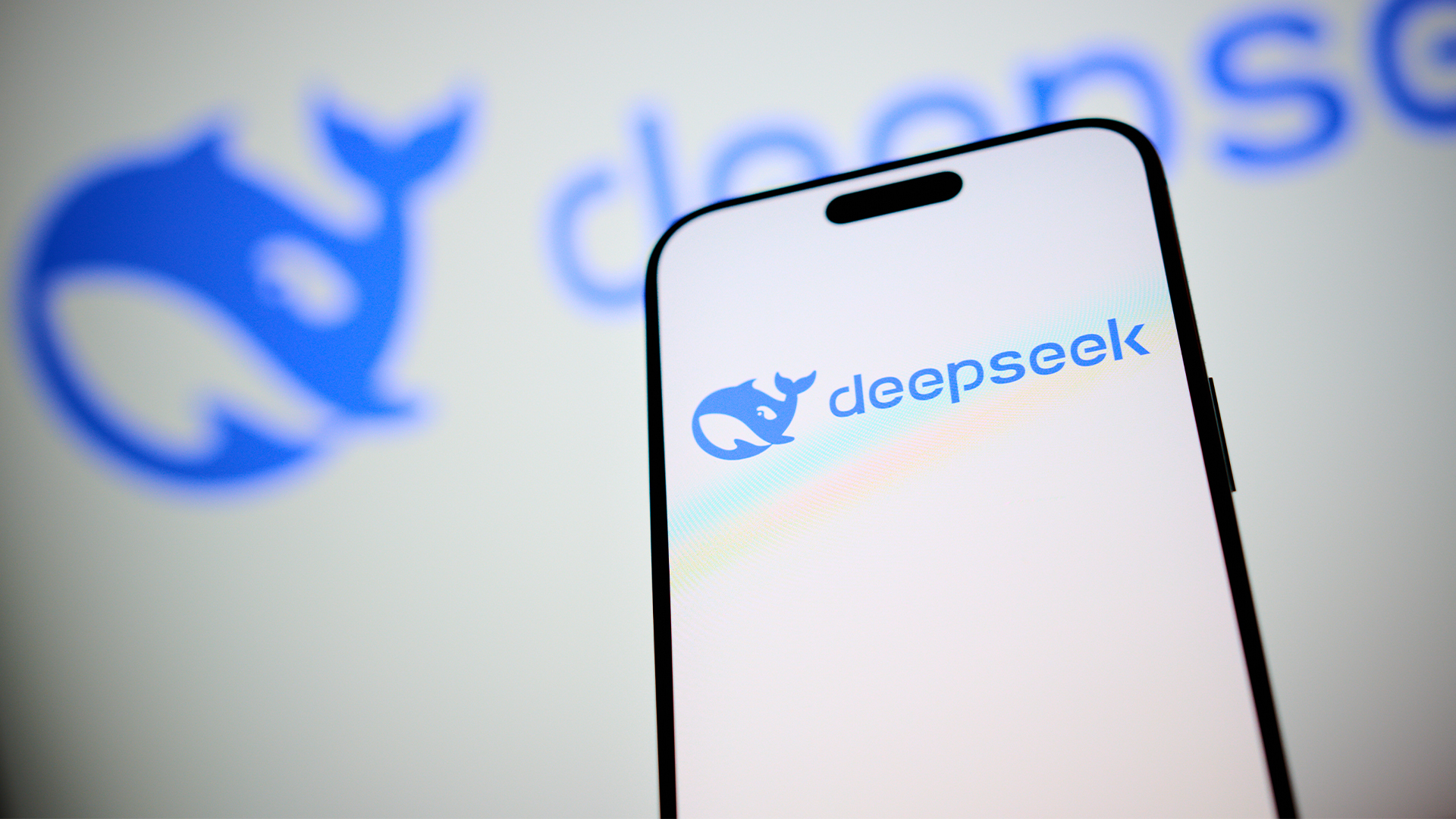Mimecast profits from cloud email takeup
Mimecast bolsters channel with ex-Webroot partners; records 50 percent increase in revenue


Mimecast has posted record revenues after seeing “huge amounts of growth” in its cloud-based email management business.
The email archiving, continuity and security specialist last week announced revenues of £22m for the nine months ending December 31, 2011, up almost 50 percent on the previous year. The firm says it expects to achieve approximately £31m in revenues for the fiscal year ending March 31 2012 – and sign its 5000th customer.
Channel director Nessa Lynchehaun (pictured) believes customers are no longer as hesitant about managing their email in the cloud, prompting much greater adoption over the past twelve months: “We’ve seen a huge amount growth, and the biggest drivers seem to be archiving and continuity. A lot of the work we’ve been doing with Microsoft (NASDAQ:MSFT) has been validating that message,” she says, adding that a key driver has been from the migration of customers to Exchange 20120, Office 365 or Hosted Exchange.
Although signing up Microsoft partners Polymorph Limited, Content and Code and Parative Limited, Lynchehaun says Mimecast is also seeing more growth outside of its traditional VAR and LAR base. “We’re now getting a lot more traction in the MSP and hosting space, and even telco partners who are looking at something else to differentiate ourselves,” she explains.
Lynchehaun also claims that a number of new partners have switched from selling competitive technologies. “They seem to be consolidating the number of vendors that they work with,” she says.
Specifically, the firm picked up a number of partners following Webroot’s decision to leave the quit the email security space. “Our long term commitment to email is really standing out,” says Alan Kenny, who took over the role of general manager after CEO Peter Bauer moved to the US where he is to spearheading the firm’s expansion plans.
“With the likes of Webroot moving out of the space, people now understand that when they’re looking to partner with someone…whose true heritage is email.”
ChannelPro Newsletter
Stay up to date with the latest Channel industry news and analysis with our twice-weekly newsletter
He continues: “We...built our service from the ground up. We don’t have to aggregate our technologies; we haven’t acquired companies to fill out the unified email management requirement. The current movement in the market is only reinforcing our message to partners that they need to partner with someone who’s a long-term guardian of email for their customers. They want to know that their customers will not be subject to change or disruption because the vendors are not committed.”
“One size doesn’t fit all so we have been talking to the likes of Webroot partners and looking at their bespoke requirements in our partner programme so the switch is easy,” he adds.
Kenny says that 90 percent of Mimecast’s business is now indirect in the UK, and “have been working towards being a hundred percent for some time.”
Christine has been a tech journalist for over 20 years, 10 of which she spent exclusively covering the IT Channel. From 2006-2009 she worked as the editor of Channel Business, before moving on to ChannelPro where she was editor and, latterly, senior editor.
Since 2016, she has been a freelance writer, editor, and copywriter and continues to cover the channel in addition to broader IT themes. Additionally, she provides media training explaining what the channel is and why it’s important to businesses.

